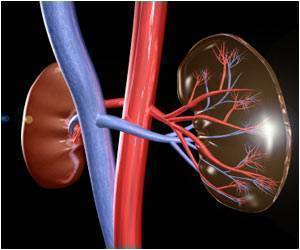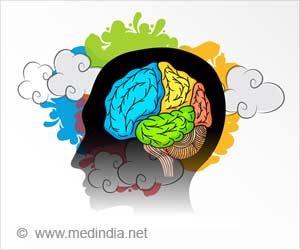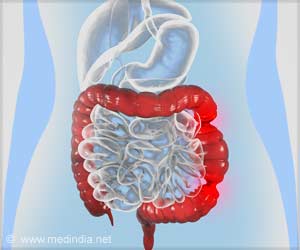A concerted research effort has been launched to better understand health and disease through studies on the various bacteria communities that reside within the body of the average
Experts who participated in the 108th General Meeting of the American Society for Microbiology in Boston have stressed that new research has been launched to study the bacterial communities that reside within the human body so as to better understand health and disease.
"This could be the basis of a whole new way of looking at disease. In order to understand how changes in normal bacterial populations affect or are affected by disease we first have to establish what normal is or if normal even exists," said Margaret McFall Ngai of the University of Wisconsin, Madison.New York University researcher Martin Blaser said that before he set out to identify the various bacteria that live on the human skin, and help form a protective barrier on the outside, it was estimated that fewer than 100 different species of bacteria lived on the skin.
However, he added, his studies had identified more than 182 bacterial species. He even estimated that the number of different bacteria species living on the skin could approach five hundred.
He said that despite such numbers, only about 10 species predominated, accounting for approximately 50 per cent of the total population.
"What was interesting about some of the other species with smaller populations is that they were host specific. We could only identify them on a single host. It is entirely possible that everyone could have a unique bacterial signature (much in the same way everyone has a unique DNA signature or a unique fingerprint)," he said.
Blaser even revealed that his team was trying to explore the role such bacteria signatures might play in skin disease, and that initial studies of patients with psoriasis had suggested differences in skin bacterial populations between patients who had the disease and those who did not.
Advertisement
Ruth Ley of Washington University in St. Louis pointed out that the bacteria in the digestive tract could also play a role in obesity.
Advertisement
All the research works presented at the meeting were part of the Human Microbiome Project, announced by the National Institute of Health in December last year.
Source-ANI
RAS/L






